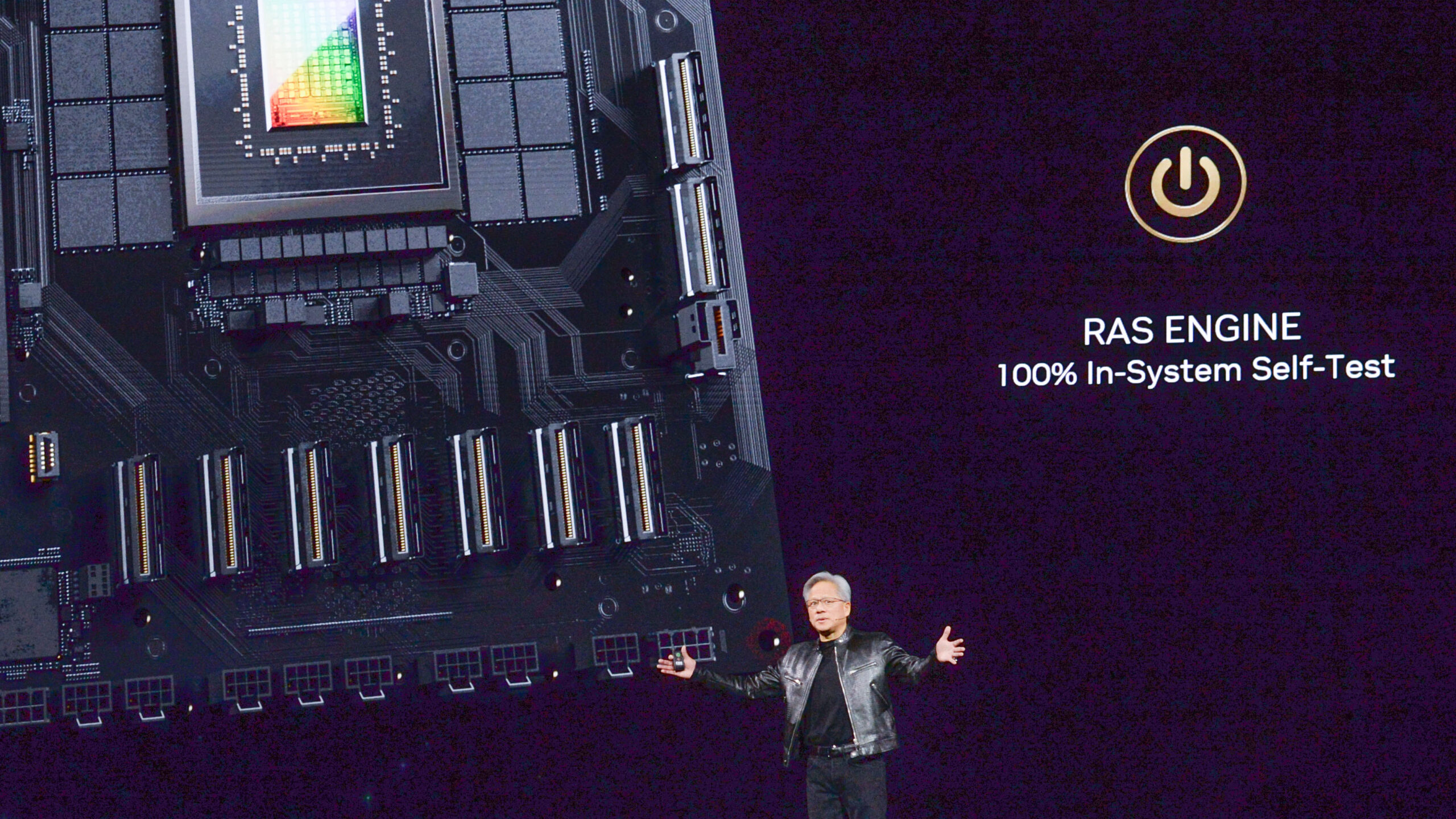
Nvidia’s new Blackwell AI chips, already delayed from their planned release earlier this year, are now facing overheating issues in server racks, according to a report by The Information. The overheating problem, which occurs when up to 72 chips are connected in a single rack, has left some customers concerned about delays in setting up new data centers.
The overheating issues have prompted Nvidia to request multiple redesigns of the server racks, the report stated. These changes, implemented by suppliers at Nvidia’s request, aim to mitigate the heat challenges caused by the chips’ high-performance demands. Sources familiar with the matter—including Nvidia employees and external stakeholders—confirmed the ongoing engineering changes.
A spokesperson for Nvidia downplayed the concerns, stating, “Nvidia is working with leading cloud service providers as an integral part of our engineering team and process. The engineering iterations are normal and expected.” The company, however, did not name the suppliers involved in the redesign.
First unveiled in March, the Blackwell chips were initially expected to ship in the second quarter of the year. These chips represent a significant leap in performance, with Nvidia claiming they are 30 times faster at tasks such as processing chatbot responses. However, delays and now heat-related challenges have complicated the rollout, potentially affecting major customers, including Meta Platforms, Google, and Microsoft.
The overheating challenge arises from Blackwell’s design, which binds two silicon squares into a single, high-speed component. While the architecture delivers unprecedented speed, the intense processing demands appear to strain server designs, prompting a need for frequent adjustments.
Despite the hurdles, Nvidia remains a leader in AI chip technology, with Blackwell positioned as a critical product for the company’s future dominance. Whether these technical issues will affect broader adoption by cloud providers remains to be seen.
Featured image courtesy of Nikkei Asia
Follow us for more updates on Nvidia’s chip.
